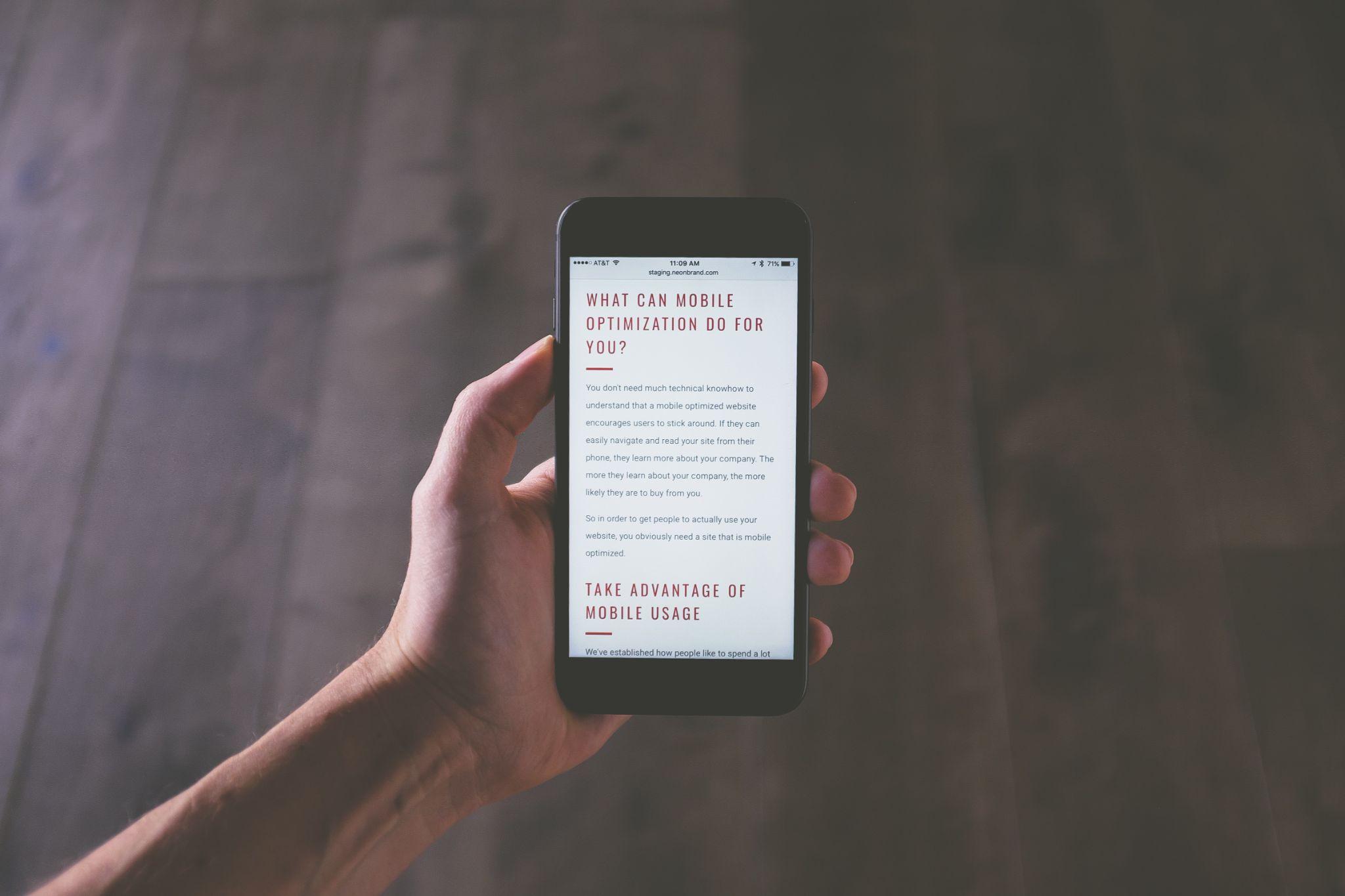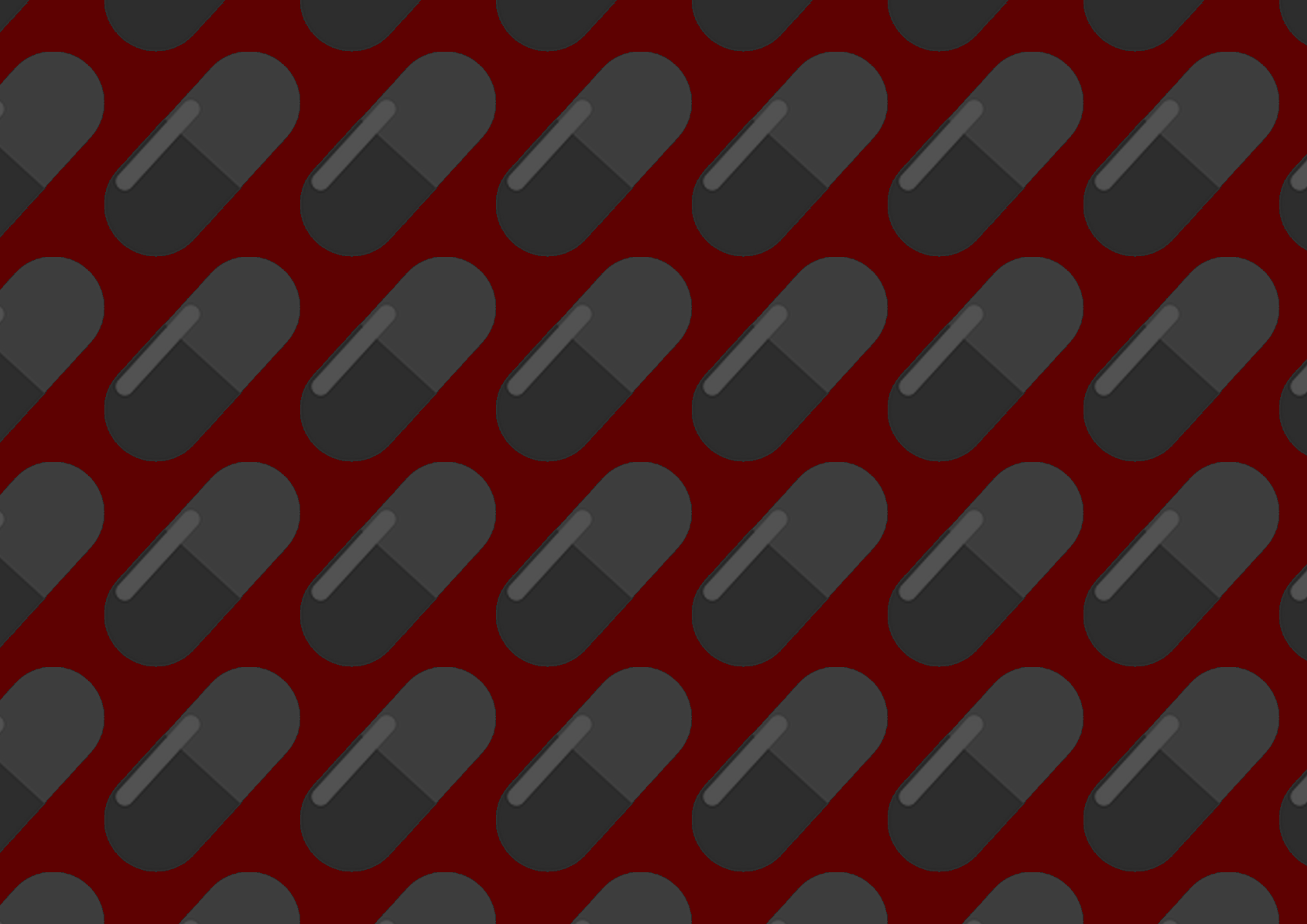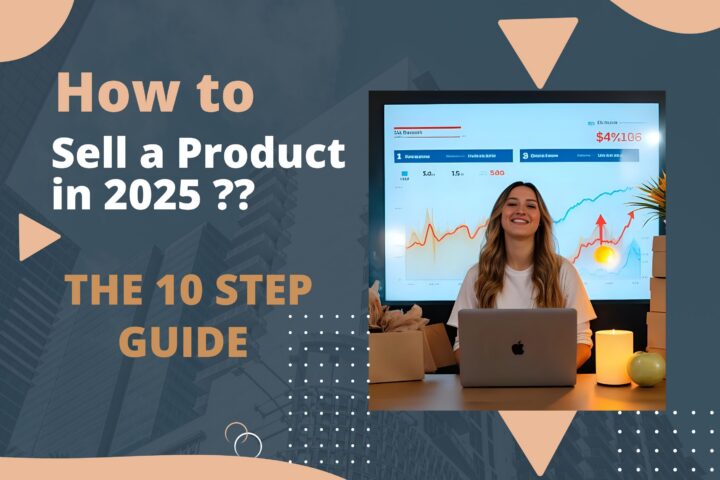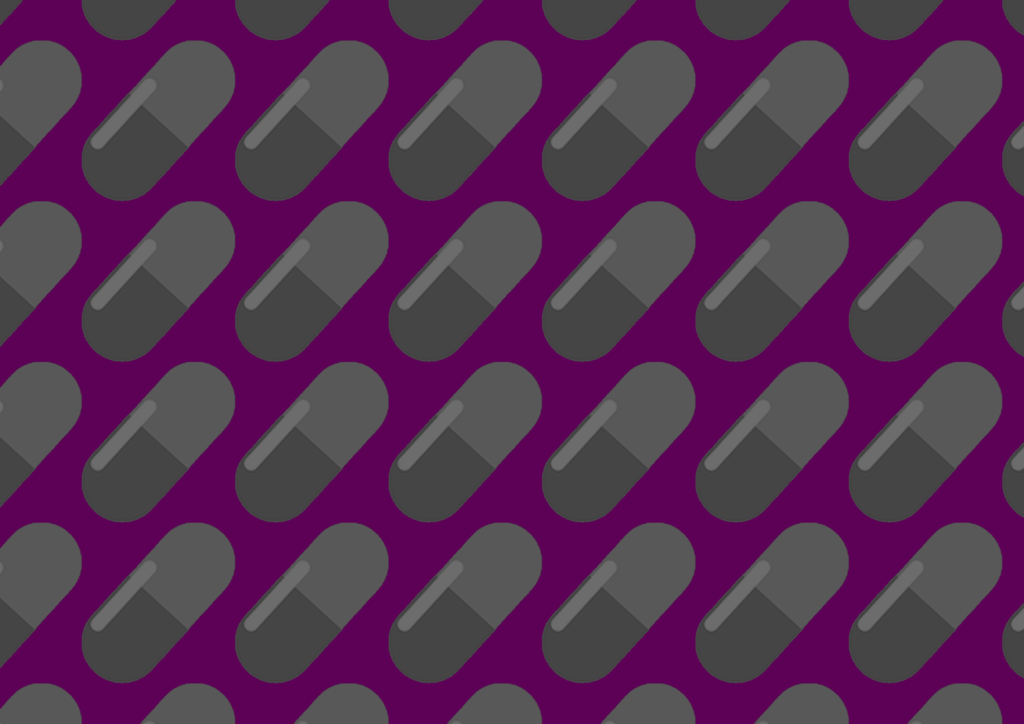A simple but effective landing page is without a doubt one of the most powerful digital marketing tools. Great landing pages help marketers at every point of the buyer’s journey by collecting leads, establishing credibility, and driving conversions.
Nevertheless, not all landing pages provide the same results. Pages that are cluttered, disorganized, or otherwise unappealing are unlikely to captivate site visitors, and badly written copy will do nothing to change their minds.
So what’s the key to high-octane success? Excellent page layout. Following the gold standard of design has the ability to accelerate conversions, acquire more leads, generate persistent attention, and hit the desired 26% benchmark. Many businesses, however, discover that no matter what they do, they just cannot connect with their target audience.
That’s when a landing page optimization service enters the picture. Working with experts may help you identify and finally fix the landing page issues that are driving people away. These professionals cover all bases, from the visual aspects like colors and animations to the technical aspects like analytics, graphs, and flowcharts, to help you develop a plan for total landing page optimization.
In this post, we’ll go through the process of designing a fantastic landing page that drives engagement and conversions.

Photo by Kenny Eliason on Unsplash
Target a Single Conversion Action
In the ideal scenario, every landing page would be tailored to achieve a specific objective. For instance, if you want customers to download an eBook from your website, then the download button should be prominently displayed upfront.
When you provide people with too many choices, they may find it difficult to focus on what they need to do. Therefore, it’s best that your landing page is created with a specific objective in mind.
Give the Offer Right Away
Each landing page is designed to do something specific for the company as well as offer something relevant for the visitor. Preferably, you should ensure that your prospective consumers quickly get what they are signing up for.
For instance, a thank you page that runs immediately after a user submits a form is effective if you’re trading downloads for personal information like an email address, mobile number, etc.
Bring Attention to the CTA
Using contrasting colors that pop out on your landing page is an effective approach to getting your visitor’s attention. Your CTA should ideally be so well-placed and color-highlighted that it is instantly visible to your visitors.
Key components of an effective call to action include:
- The call-to-action content has to be brief and focused on the benefits.
- Use contrasting colors to bring attention to your CTA button.
- Make sure that the call-to-action button is easily visible by placing it in a highly visible area on your page.
A simple technique to see whether your CTA button is successful is to see if it is difficult to spot on your website. If it isn’t particularly easy, your landing page design may require modifications.
Implement Mobile-Friendly Design
Nowadays, more people are using mobile devices than desktop computers. Research shows that 92.1% of internet users use a mobile phone to access the internet. Still, many websites give mobile devices the cold shoulder.
This is usually a bad idea since landing pages that aren’t mobile-friendly may not display properly or provide a satisfactory user experience on devices other than desktop computers.
The most effective strategy is to implement a design that responds automatically to various screen sizes. And if you’re not giving your users the greatest possible experience, you’re missing out on possibilities and potential customers.
Reduce Load Time
With today’s fast internet connections, customers expect your web page to load practically immediately when they click on it. A high bounce rate, caused by a slow-loading page, may severely damage your sales.
When designing a landing page, marketers might often go overboard by using too many flashy features like gifs and photos. Landing pages with a lot of design elements, on the other hand, typically fail because they are disorganized and hard to use. Also, the load time drastically rises due to the abundance of scripts and loading items on your website. The end result? Underwhelming conversion rates and a sloppy user experience.
Since media assets have the greatest influence on page load speeds if you must utilize gifs and a lot of photos on your landing page, be sure to compress these files first.

Photo by KOBU Agency on Unsplash
Final Thoughts
Landing pages serve as the first point of interaction between your company and prospective customers. If your landing pages don’t match your brand, you’re losing conversions that may fuel growth. If you can identify the qualities that set apart the best landing pages, you can use that knowledge to build stronger layouts for your future advertising efforts.









